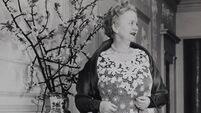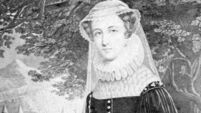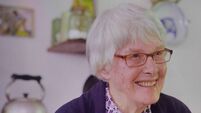Clodagh Finn: If only we had hospital builder Madam Steevens in today's world
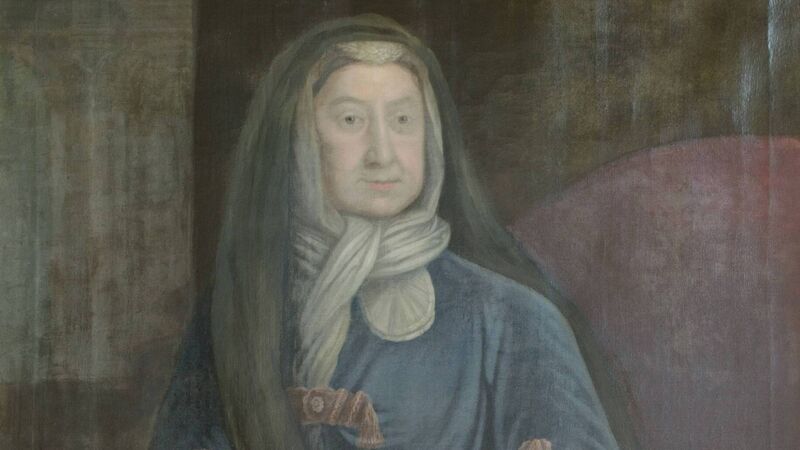
From a portrait of hospital builder and philanthropist Grizelda Steevens by Michael Mitchell. Picture: By permission of the Trustees of the Edward Worth Library © The Edward Worth Library.
Every time I hear of another delay to the opening of the children’s hospital — the 16th at last count — I wonder what the indefatigable Grizelda Steevens would make of it.
HISTORY HUB
If you are interested in this article then no doubt you will enjoy exploring the various history collections and content in our history hub. Check it out HERE and happy reading
With exceptional savvy and a keen business sense, she united the great and the good of the capital city in a common purpose — to open a hospital so that the “wounds and distempers” of the poor might be cured.
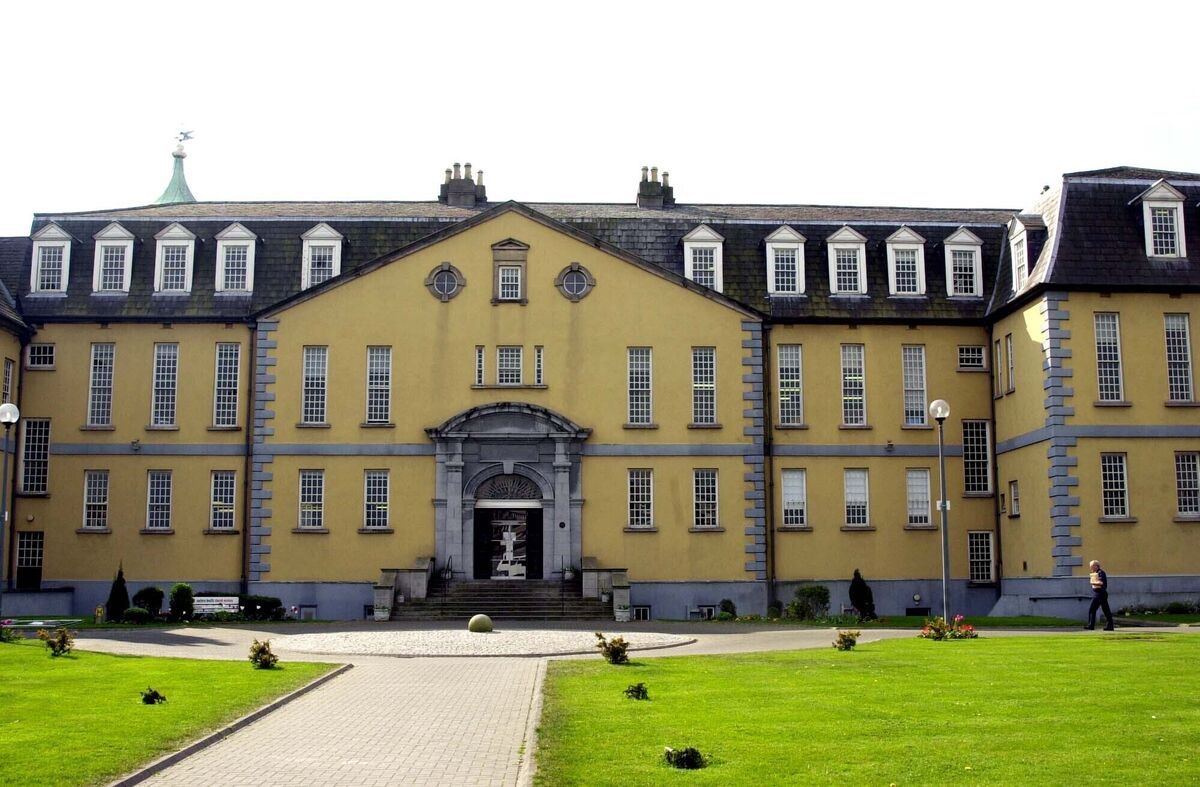
Dublin appreciated her role too. Her name appeared on the main entrance to the hospital while the building itself was known colloquially as Madam Steevens’ Hospital.





